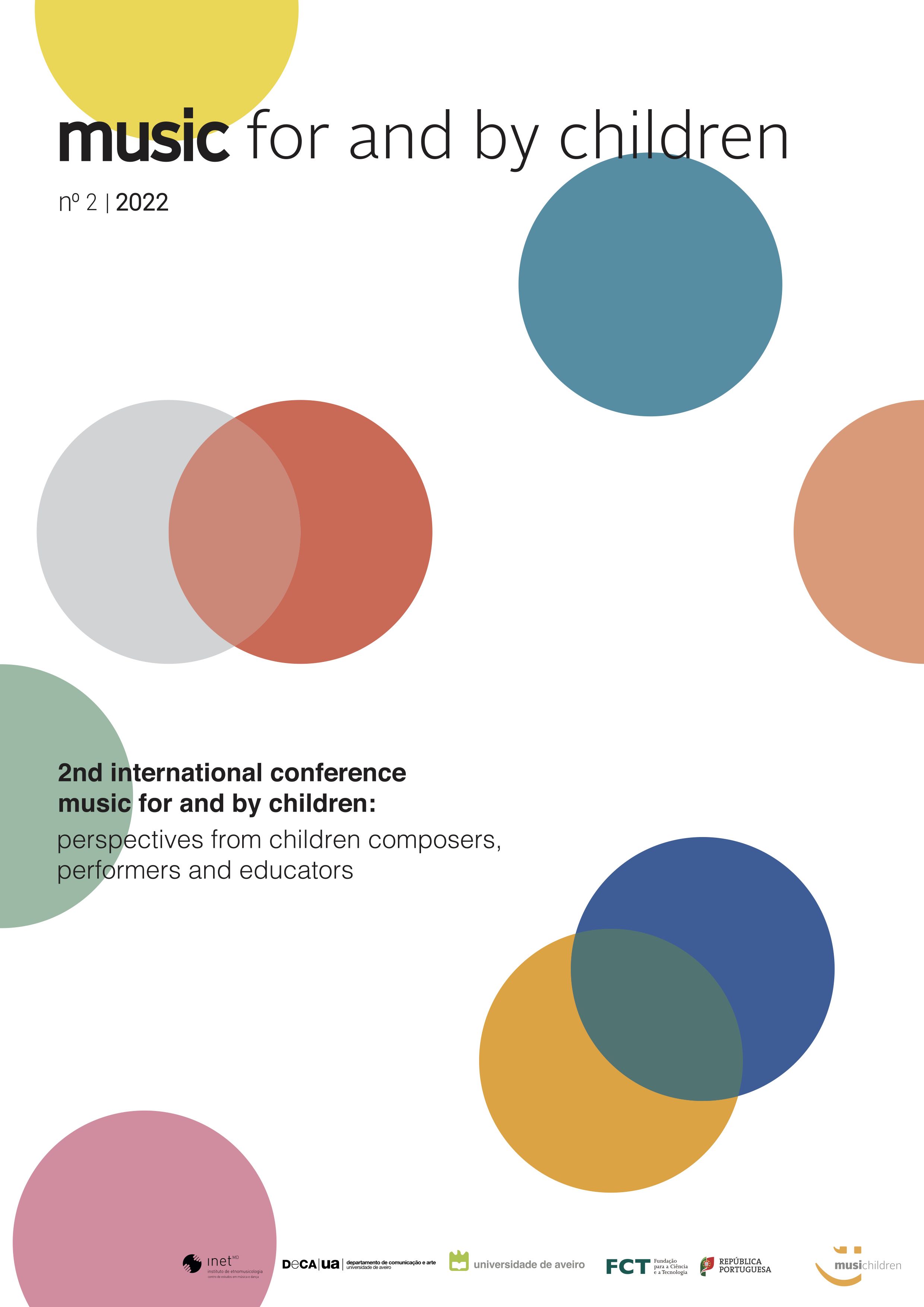Here and now
“translating” a live artistic experience for children into Zoom
Abstract
Context
Companhia de Música Teatral’s (CMT) performing pieces are communication experiences that often involve a high degree of interaction between performers and audiences. Such is the case of a set of small musical-theatre pieces called PaPI (Portable Play to Play). These are multidisciplinary performances where artists explore the common ground between art and playfulness, in a continuum that involves music, dance, theatre and visual arts. They aim to enable younger ones, families and educators to find different poetic meanings in an atmosphere of shared time and space. One of such pieces is PaPI - Opus 8, which was premiered in 2019 and was supposed to tour throughout 2020. Due to the pandemic, many of the performances were canceled. New paths had to be discovered, and the Zoom video-conference platform was chosen as an alternative. A new version of the piece was developed, called PaPI – Opus8.z.
Aims
This paper will focus on necessary adaptations of the piece imposed by the limits of the platform, as well as exploring what CMT chose to maintain, and what they chose to change. It will also reflect on the different audience behaviors when watching a performance live or through Zoom.
Methodology
A commonality between the different CMT productions is the focus on blurring of the boundaries between artist and audiences, to transform a performance (one-way) in an experience (omnidirectional). To enhance feelings of co-presence and communication. PaPI – Opus 8 was designed by keeping these aims in mind. The main challenge to adapt it to Zoom was the need to maintain the sensation of a shared time and space between the performer and the audience. Many moments of interaction and dialogue were spread throughout the piece. These moments aimed to show the audience that even though they weren’t in the same “here”, they were in the same “now”.
Findings
What was apparently lost by the distancing (the notion of a shared space) was retaken little by little with each interaction between the performer and the children. This sense of connectedness is inherent in live performances but needs to be “artificially” reinforced when using a platform such as Zoom. Nonetheless, the limitations of the platform also allowed CMT to lean on using webcams as different points of view into the fantastical world the piece’s character inhabits. These methods enabled the performance to elicit surprise, an essential element of artistic performance.
Final considerations
The adaptation of Opus 8 to a Zoom performance was in part impelled by the resolve to fight the restrictions on the quality of shared presence imposed by the confinement. The focus was on maintaining and feeding the communicative impulse that accompanies us from when we are babies until adulthood (Dissanayake, 2002; Malloch & Trevarthen, 2010). This impulse is present in all children, and should be fostered whenever possible, by creating shared artistic experiences that enable moments of surprise and, subsequently, growth. No Zoom performance can substitute sharing the same physical space, but it can be a valuable tool for when that shared space is not possible to obtain.
References
Malloch, S., & Trevarthen, C. (Eds.). (2010). Communicative musicality: Exploring the basis of human companionship (1. publ. in paperback). Oxford: Oxford Univ. Press.
Copyright (c) 2023 Music for and by children

This work is licensed under a Creative Commons Attribution 4.0 International License.





